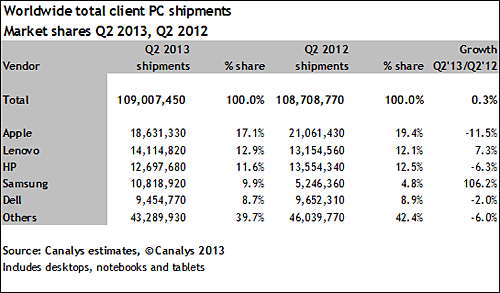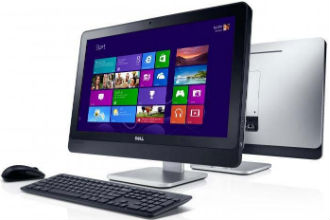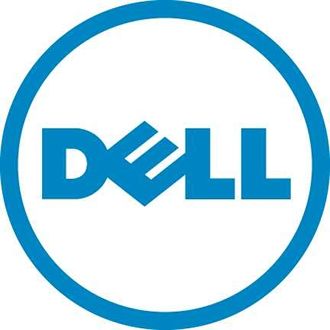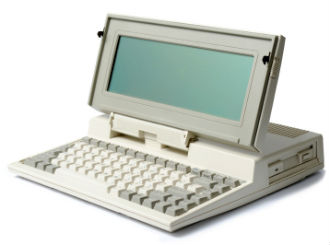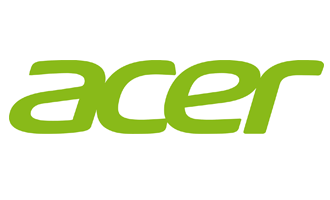 Dell has been approved under all three National Desktop and Notebook Agreement framework lots, meaning the company will once again be able to sell its gear to consortia-affiliated universities and colleges.
Dell has been approved under all three National Desktop and Notebook Agreement framework lots, meaning the company will once again be able to sell its gear to consortia-affiliated universities and colleges.
Dell is now certified in six National Framework Agreements for universities, further education, and the UK’s Research Council, the company points out.
NDNA is a significant procurement path for selling products to the higher education sector, with the majority of institutions subscribing to the framework.
The company can provide desktops, notebooks, and services, marking an approximate combined value of roughly £310 million for the up to four years of the framework.
Dell grabbed first place in the notebook lot, meaning the consortia can contract Dell without bids from the competition.
The company cited its existing relationships with universities like Aberdeen, Cambridge, and UCL, and that it has supplied over 40 percent of UK unis with desktops or notebooks.
If universities so want, they can buy Dell kit without lengthy tender processes, as well as consistent pricing across desktops, workstations, thin clients, services, and tablet hardware – though the latter may not be particularly appealing to date. Dell also has a technical pre- and post- sales team dedicated to higher education.
Director for education at Dell UK, Kenneth Harley, said that IT is a “vital component” for education institutions to maintain their competitiveness and attract top students. “To do this, the provision of a personalised learning experience supported by best in class, affordable IT is crucial,” Harley said.

